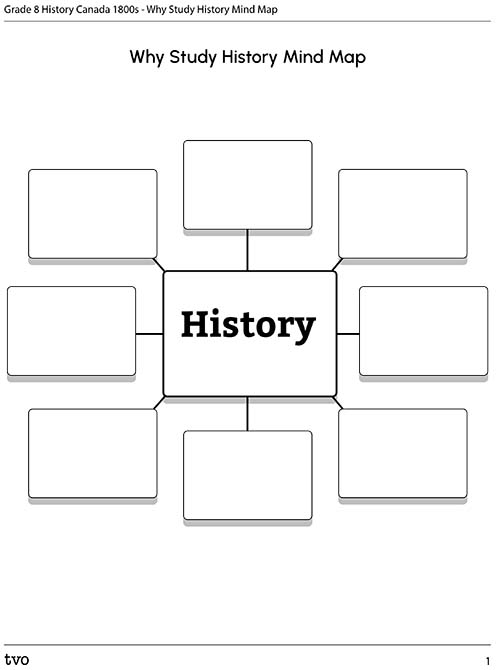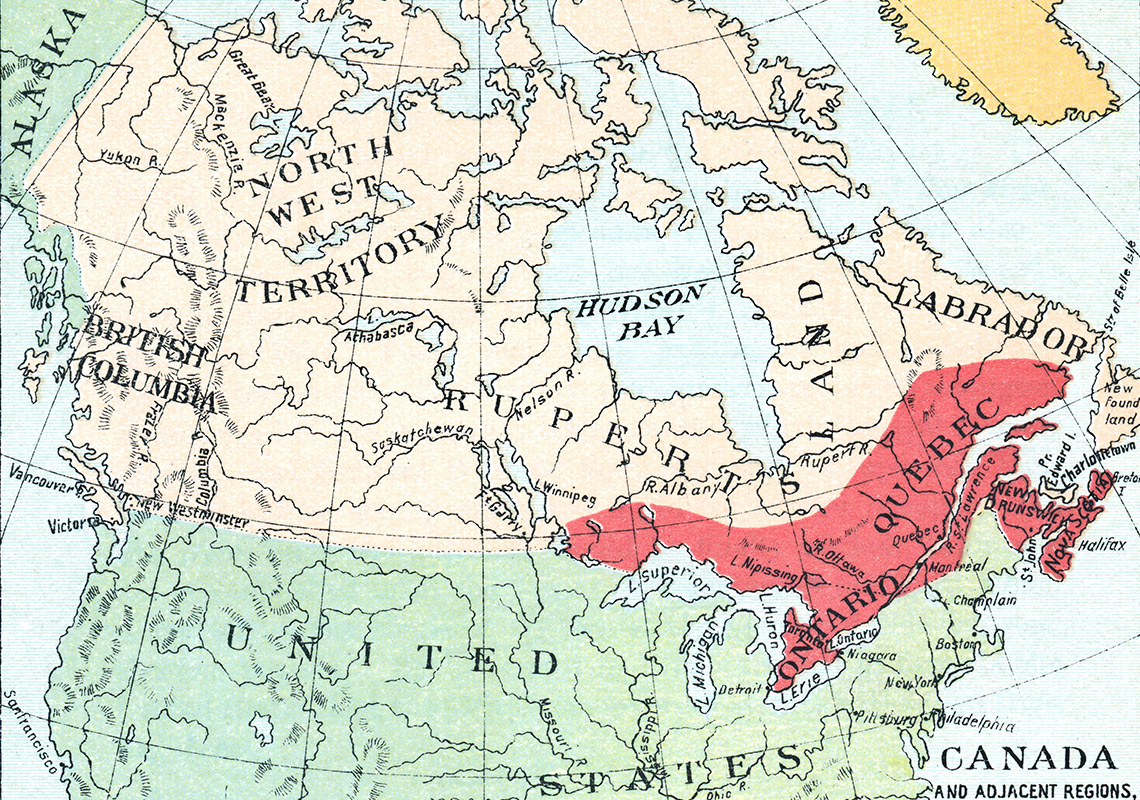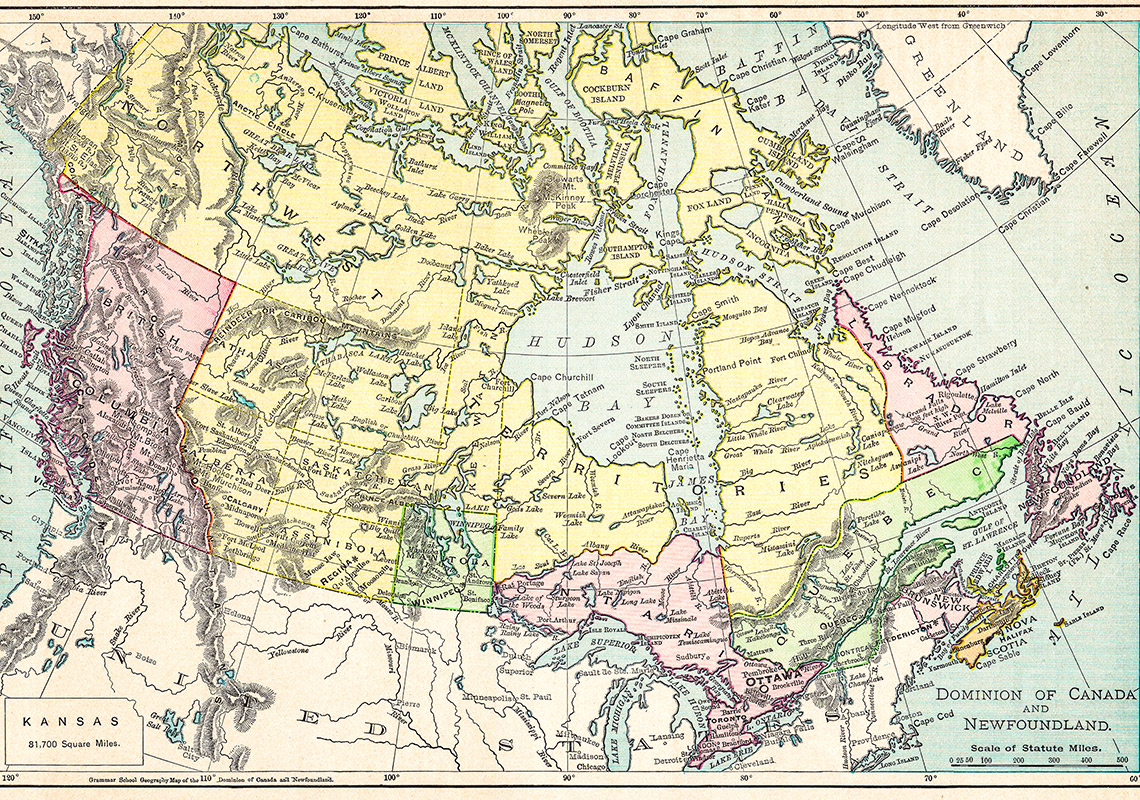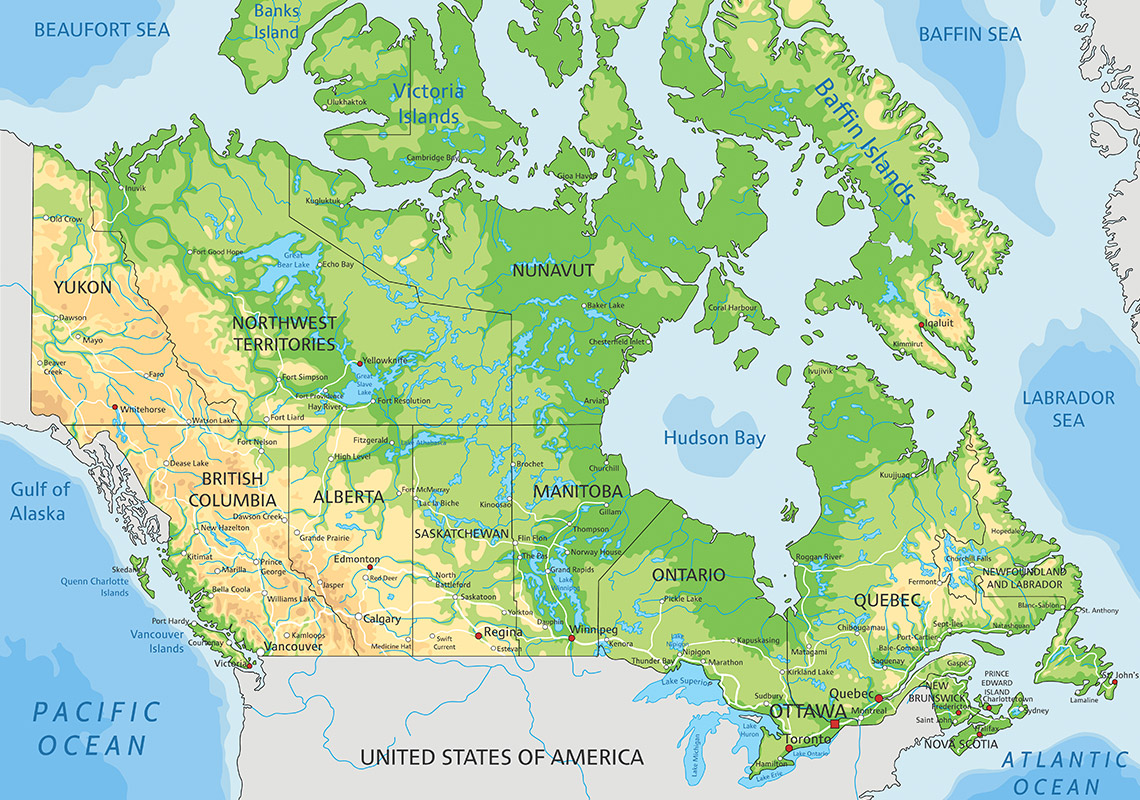Minds On
Task 1: Brainstorming

Explore the following Heritage Minutes videos and record any significant information, such as names, places, or events that you believe are important.
Throughout this learning activity, you can record your ideas and thoughts using a method of your choice.
Brainstorm
What else was changing?
What else do you think was changing during this time period?
If you need some help getting started, press the Hint button.
Brainstorm a list of ideas and compare that list with someone else, if possible.
Task 2: Why study history?
History involves the study of diverse individuals, groups, and institutions as well as significant events, developments, and issues in the past. Canada has many stories and each one is significant and requires thoughtful consideration.
So, why do we study history? Why is it important?
Using a mind map, brainstorm a list of reasons that you believe history is studied. Consider why it is important that we learn from studying history. If possible, share your list with someone else and compare. What ideas did you have that were similar or different?
Complete the Why Study History Mind Map in your notebook, using the following fillable and printable document or in a method of your choice.
If you would like to review your ideas, press the Possible Answers button.
- To appreciate Canadian heritage and identity
- To understand the diversity and complexity within Canadian society
- To understand the challenges and responsibilities associated with Canada’s position in the world
- To prepare myself to be an informed and responsible citizen in the world
- Studying history helps us understand change and contributes to our moral understanding
- To learn from our past and change the future
Action
Task 1: The year is 1890

The year is 1890 and a lot has changed in Canada. Let’s explore the events that led up to this point before we move forward in our investigation of Canada between 1890 and 1914.
Review the following definitions before you begin to explore.
Let’s recap
The following content is a brief summary of events learned in Strand A of Grade 8 History.
Politics
In 1848, Nova Scotia became the first area in British North America to put responsible government into effect. It was then granted to Prince Edward Island in 1851, New Brunswick in 1854, and Newfoundland in 1855. Other provinces of Canada adopted responsible government after Confederation. In 1854, Augustin-Norbert Morin and Sir Allan Napier MacNab founded the Conservative Party and put an end to the seigneurial system in British North America.
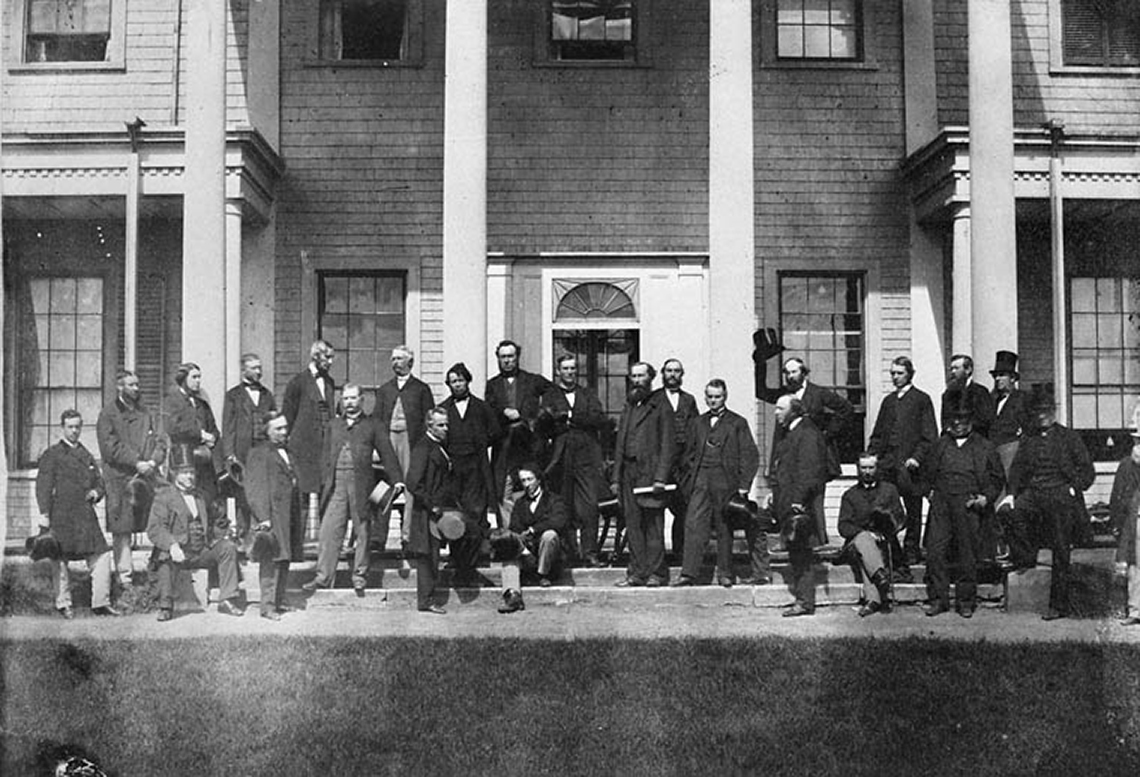
A few years later, a convention (called the Great Reform Convention) was held in Toronto to vote on a union of Upper and Lower Canada, which created a stronger connection between the English and French. Lastly, in 1864 the Charlottetown Conference was held to discuss the union of all colonies in Canada, which will be covered further in the “colonization” portion of this learning activity.
Press the Note button to access more information about this time period.
Brainstorm
Reflect
What are three of the major political events that occurred leading up to 1890 in Canada?
Press the Answer button to check your response.
- Responsible government
- End to the seigneurial system of land ownership/creation of the Conservative Party
- Great Reform Convention
Colonization
Colonization is the process in which a foreign power invades and dominates a territory or land base inhabited by Indigenous peoples by establishing a colony. As colonizers arrived in (now) Canada, it is important to remember that Indigenous communities were already living on this land for as long as can be remembered.
In 1858, the Fraser River Gold Rush created an influx of miners from California to Fraser River in British Columbia to mine gold. The gold rush began to dissipate in the mid-1860, but not without having a significant impact on the Indigenous population in the area, leading to the Fraser Canyon War between American gold miners and the Nlaka’pamux Indigenous peoples of the Fraser Canyon that ended in the Nlaka’pamux agreeing to grant miners access to their land under the threat of further violence.
Examine the printable Poster Advertisement from Fraser River Goldrush document.

Poster advertisement from Fraser River Goldrush that reads, “GOT THE GOLD FEVER … AND … BOUND FOR FRAZER RIVER!” at the top, then “Know all men, by these presents, (emigrants for the new Gold Diggings especially,) That we, the undersigned, Proprietors of the famous QUINCY HALL CLOTHIING HOUSE,” in the middle, and “have been suddenly attacked with the prevailing Gold Fever, have determined to CLOSE OUT … OUR … IMMENSE STOCK.” Writing is in bold black letters on white newspaper.
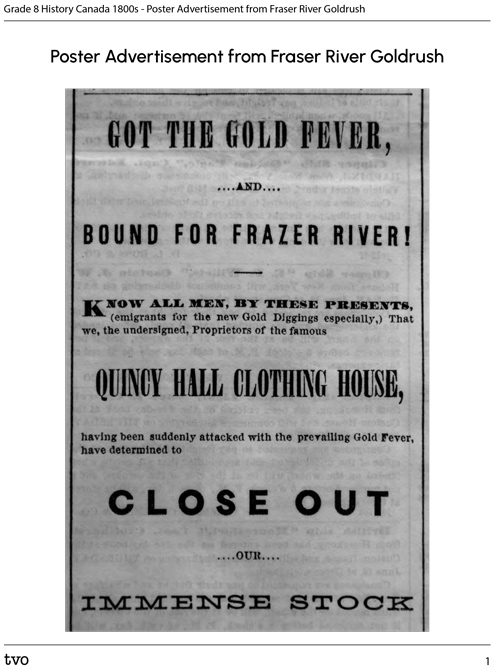
Press the Activity button to access the Poster Advertisement from Fraser River Goldrush.
Activity(Opens in a new tab)In 1867, the British North America Act was passed, which joined the colonies of Canada under one federal union, making Canada an independent country from Britain. At the time, leaders such as John A. Macdonald, George-Etienne Cartier, and George Brown decided on one federal government for Canada, excluding Indigenous communities from these discussions even though these decisions profoundly affected them.
In 1869, the Canadian government attempted to survey settlements along the Red River that were occupied by Indigenous communities. As colonizers encroached on their land, Louis Riel, along with 120 Métis men and First Nations allies, worked to block the transfer of land from the Hudson's Bay Company to Canada, which led to the Red River Resistance. In 1885, Louis Riel was hanged for treason, which led to the North-West Resistance.
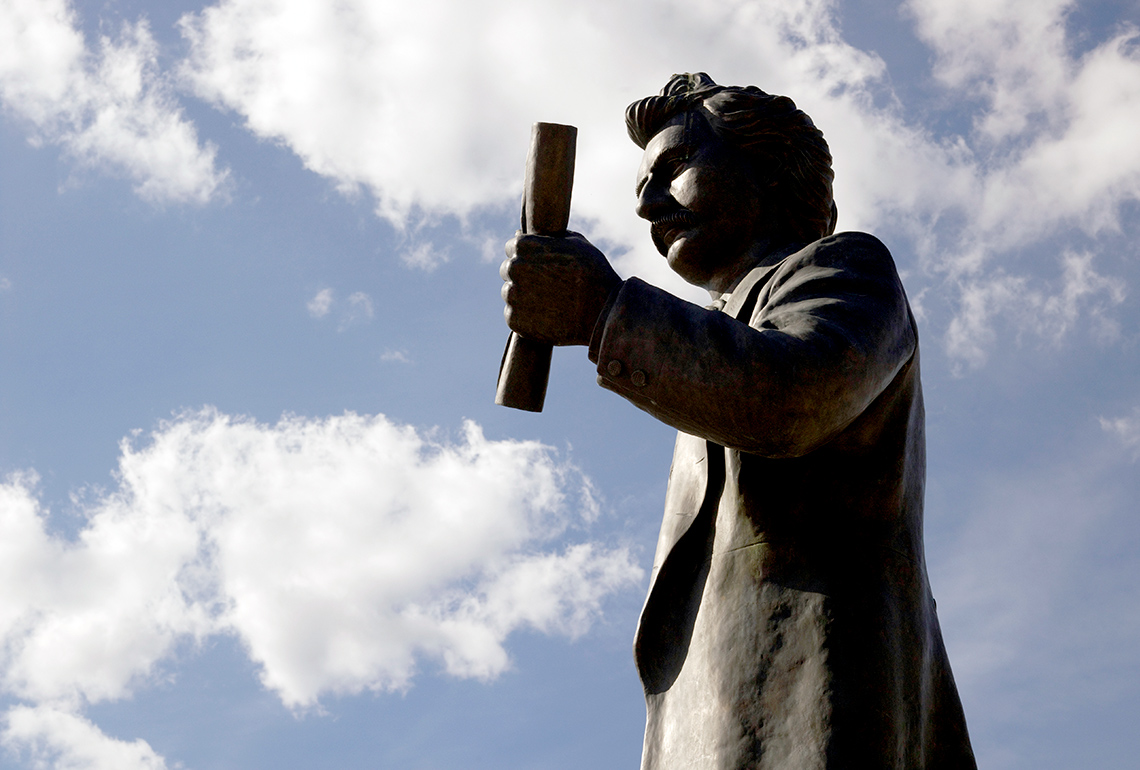
Throughout this time period, there were several treaties established between Indigenous communities and the government between 1871 and 1877.
Explore the following treaties. As you are exploring, take note of what is often being exchanged or promised in these agreements.
Press each tab to learn more about the various treaties.
Brainstorm
Reflect
What was often being agreed upon within these treaties?
Press the Answer button to check your understanding.
Press the Note button to access more information.
Science & industry
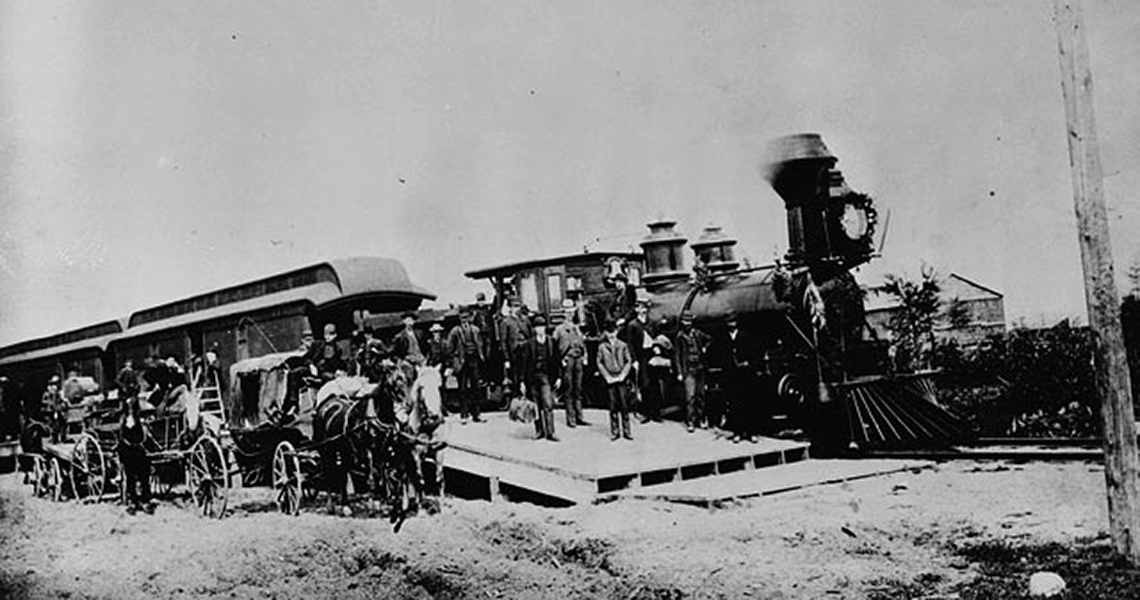
During this time, many technological advancements were being made. You will explore these further in this learning activity. It is important to note that leading up to 1890, the Canadian Pacific Railway was finally completed, opening social and economic opportunities for Canada.
Test your knowledge!
Let's check our understanding with the following multiple choice activity. Select the correct answer for each question.
Task 2: Vocabulary and mapping
Vocabulary
Throughout this strand of History, you will be exploring new vocabulary related to Canada’s past and present. Complete the following interactive activity to explore new vocabulary you will be learning throughout this unit.
Mapping
Between 1867 and 1914, dramatic changes were made to the map of Canada. Explore the following maps of Canada and record jot notes on major changes you notice in the graphic organizer provided.
Press the Hint button if you need some help getting started.
Use the following fillable and printable Maps of Canada Graphic Organizer document to record your notes.
| 1867 | 1895 | Modern |
|---|---|---|
|
|
|
|
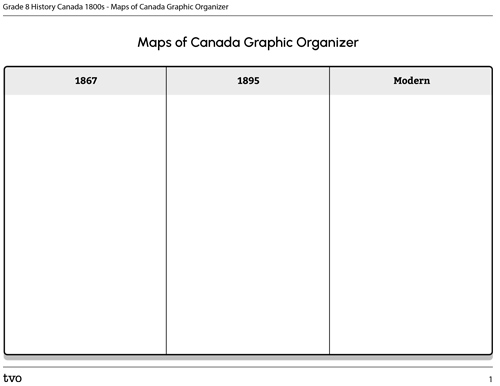
Press the Activity button to access the Maps of Canada Graphic Organizer.
Activity(Opens in a new tab)Let’s explore more!
Complete the following interactive activity to explore more vocabulary you will be learning throughout this unit.
Task 3: Technology analysis
Explore the technological advancements and inventions that were developed at the beginning of the 20th century. After exploring, choose two of the advancements to answer the following questions about, using a method of your choice.
- What is the object in the photo?
- What is the purpose of the object?
- How is this object different from the modern-day version?
- How do you feel this object has impacted or changed society?
Press the Hint button if you need some help getting started.
The telephone
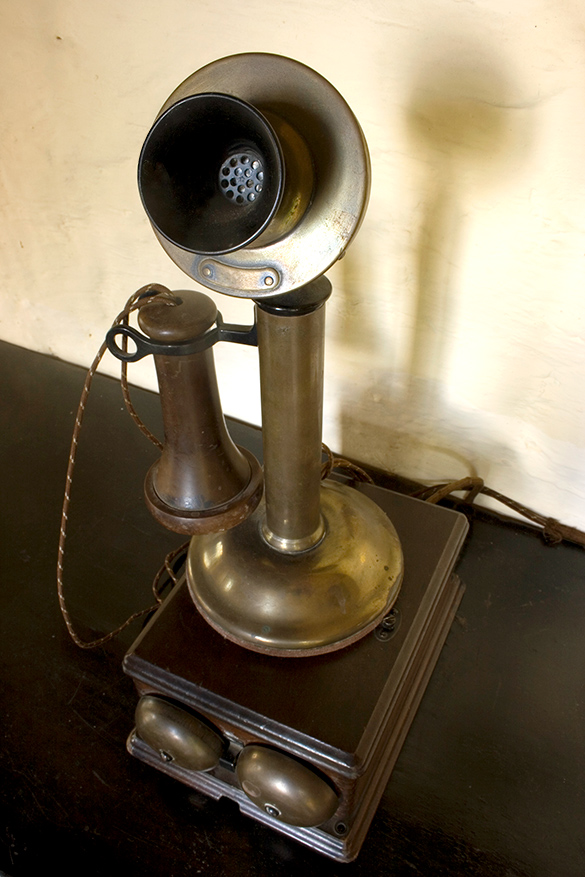
The telephone was technically invented by Antonio Meucci in 1849 and was patented by Alexander Graham Bell in 1876.
Press Patent to access a definition.
The camera

While the original camera was invented in 1685, the first photograph was actually clicked by Joseph Nicéphore Niépce in the year 1814 and the first photograph was developed in 1826.
The radio

Guglielmo Macroni was an Italian inventor that sent and received his first radio signal in 1895.
This is a photograph of an antique radio. It is wooden and brown around the outside and top. There are two speakers near the front-top of the radio and 4 dials along the bottom. There is a screen in between the speakers and dial that shows numbers, indicating radio station.
Check out this video entitled “Marconi” to learn more about the first radio signal.
The airplane
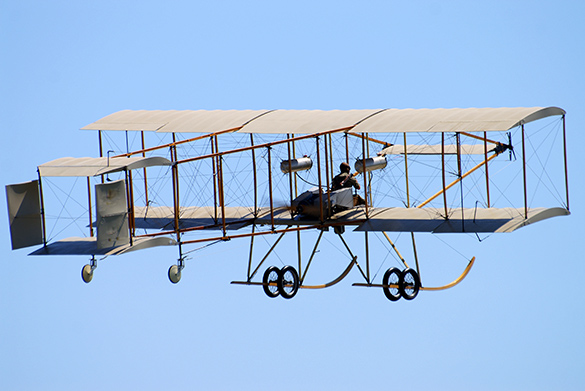
In 1903 the Wright Brothers took their first four brief flights with a powered aircraft, therefore inventing the first successful plane.
This is an image of a man in an airplane from 1909. The airplane is wooden with white wings and tail. There are two wheels on the front. There is a man sitting in the airplane. The background is a body of water surrounded by trees.
The washing machine
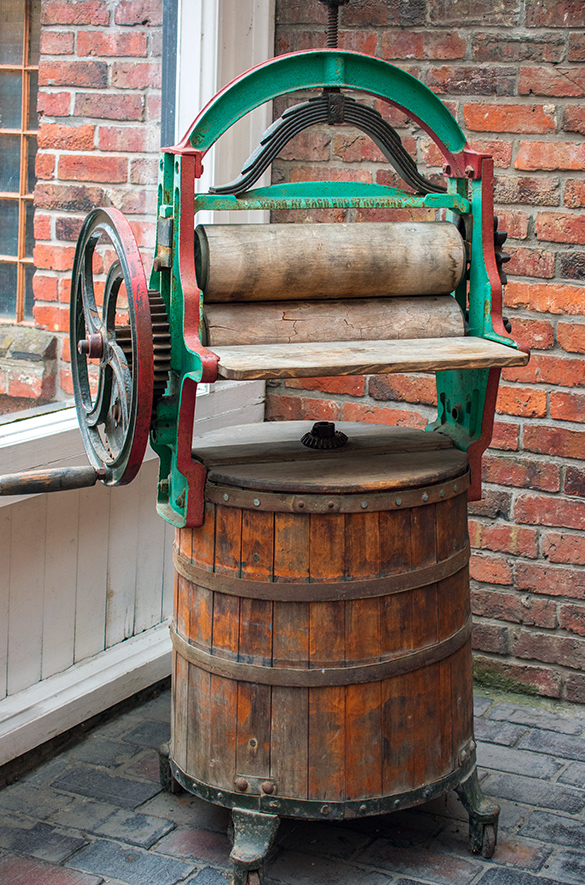
The first washing machine was invented in 1767 in Germany. However, in the 20th century, Alva J. Fisher brought “Thor” into the Hurley Machine Company in 1908, introducing the first machine with a drum. Eventually they became automatic in 1937.
This is an antique washing machine. There is a barrel on wheels with a large wheel attached to the left side. On top of the barrel is a machine that appears as though clothes can be fed through it and a metal casing that is painted teal blue.
Brainstorm
Expand your learning
Choose one of the technological advancements that you briefly explored and create a timeline presentation of how that technology has advanced over time, including the modern-day version.
Create a presentation in a method of your choice.
Consolidation
Task 1: Timeline

Throughout this learning activity, you have investigated significant events, people, and technologies that led up to and began in the 20th century.
Based on what you have learned, organize the following events into a timeline that begins in 1848 and ends in 1912. For each event, write one sentence that summarizes why this event was important to Canadian history.
- The telephone was patented
- Responsible government was established in Canada
- The Canadian Pacific Railway was finished
- Confederation
- The first radio signal was sent and received
- Red River Resistance
- The first airplane was successful in flying
- Treaties 1-5 of the Numbered Treaties were created
Task 2: Historical significance
At the beginning of this learning task, you brainstormed a list of reasons that we study history, including to appreciate Canadian heritage and identity.
Choose one specific event, person, or technology that you learned about today and write a short paragraph about how you feel it contributes to Canadian heritage and/or identity.
Reflection
As you read the following descriptions, select the one that best describes your current understanding of the learning in this activity. Press the corresponding button once you have made your choice.
I feel...
Now, expand on your ideas by recording your thoughts using a voice recorder, speech-to-text, or writing tool.
When you review your notes on this learning activity later, reflect on whether you would select a different description based on your further review of the material in this learning activity.
